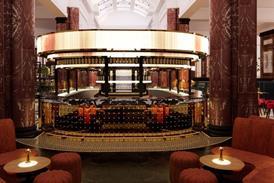Data reveals ‘devastating’ impact of pandemic

Consumer spending on hospitality started to increase in May 2021, but remains at less than 70% of pre-pandemic levels, according to Office for National Statistics (ONS) data.
Already have an account? Sign in






























